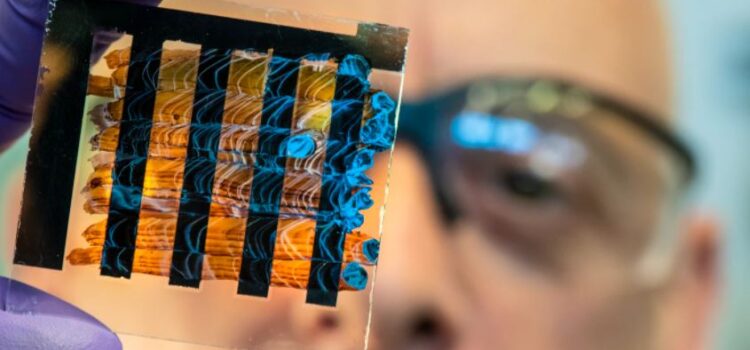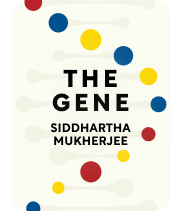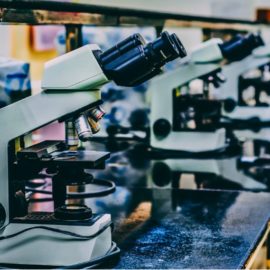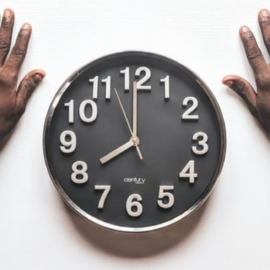

This article is an excerpt from the Shortform book guide to "The Gene" by Siddhartha Mukherjee. Shortform has the world's best summaries and analyses of books you should be reading.
Like this article? Sign up for a free trial here.
How do genes code for proteins? What is the process by which DNA directs the synthesis of proteins?
The genes in DNA contain instructions for building the proteins which carry out all the functions necessary for life. The process in which DNA creates functional proteins is intricate and involves many different enzymes (proteins that aid chemical reactions).
Here’s how genes create proteins, explained in simple terms.
How Genes Create Proteins
How do genes code for proteins? The process can be described in two broad steps:
1. Transcription. Enzymes read the DNA “blueprint” and create a matching RNA molecule of the genes to be translated into proteins.
(Shortform note: This step is crucial because only a small part of your genome gets transcribed into RNA at a time. If your cells read your DNA directly and made proteins based on that, they could end up trying to create an entire genome’s worth of proteins at once.)
2. Translation. Other enzymes read instructions encoded in the RNA molecule, retrieve the needed amino acids (simple organic compounds that make up proteins) from the blood, and assemble them into proteins.
(Shortform note: There are a total of 20 amino acids that, when put together in various combinations and shapes, create countless proteins. Of those 20, nine are considered essential amino acids because our bodies can’t produce them. In other words, they’re essential parts of our diet, because the only way we can get those amino acids is by breaking down proteins from other organisms that produce them. Perhaps the best-known essential amino acid is tryptophan, which is found in turkey (among other sources), and is supposedly responsible for the post-Thanksgiving drowsiness many people experience.)
| What Do Proteins Do? The proteins produced from our genetic instructions do an enormous range of tasks. While scientists aren’t sure exactly how many are at work in the human body, some estimates say we have over 100,000 different proteins carrying out various functions. Some of the largest categories of proteins include: – Antibodies. Antibodies are crucial to the immune system; they bind to pathogens and mark, trap, or destroy them. – Enzymes. Enzymes help the body carry out biochemical processes like digestion. – Structural proteins. Proteins help shape and support every part of the body, from bones to muscles to skin. |

———End of Preview———
Like what you just read? Read the rest of the world's best book summary and analysis of Siddhartha Mukherjee's "The Gene" at Shortform.
Here's what you'll find in our full The Gene summary:
- What genes are and how they work, explained in simple terms
- The history of gene discovery, dating back to the 1800s
- What the future of genetic engineering looks like






